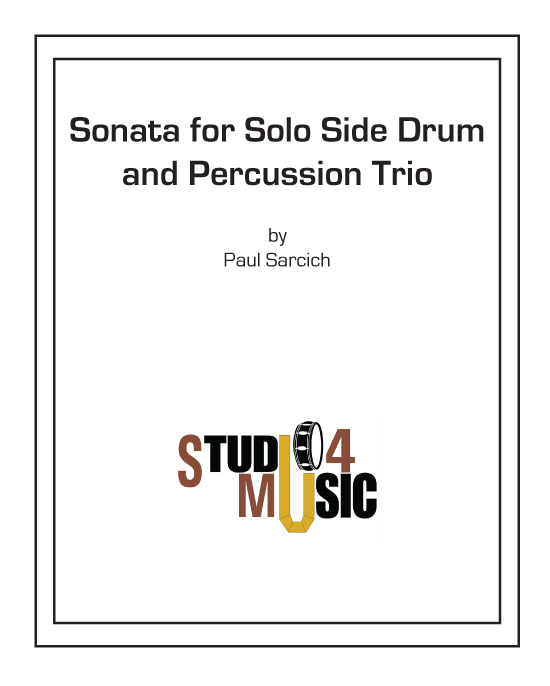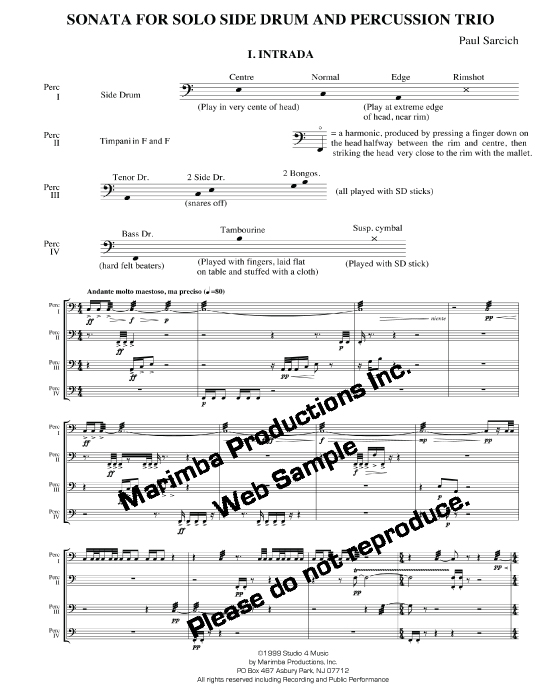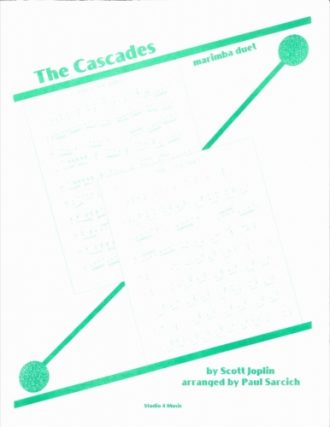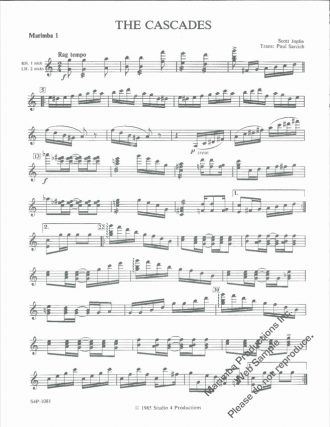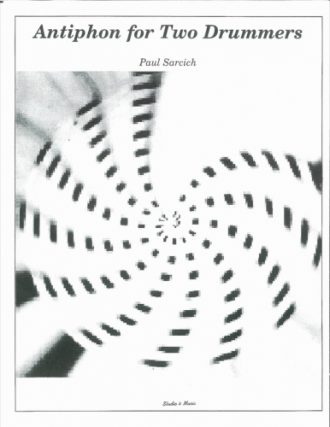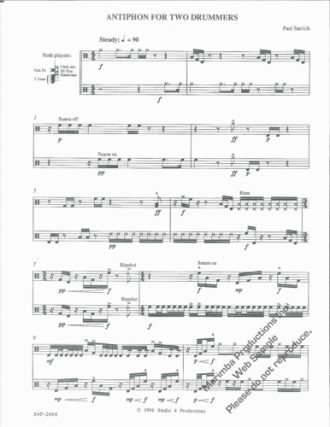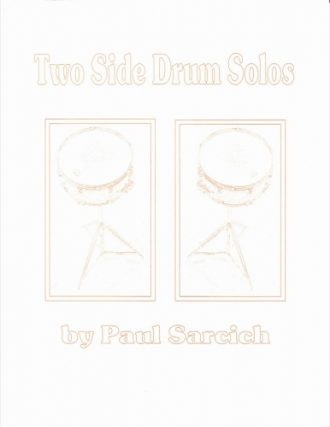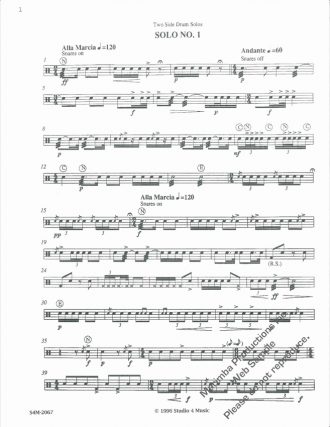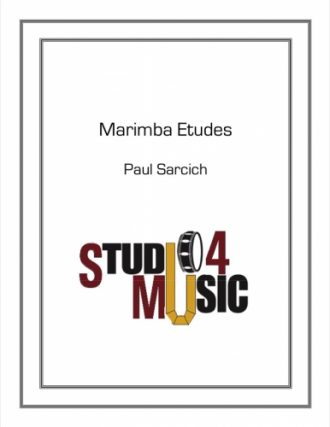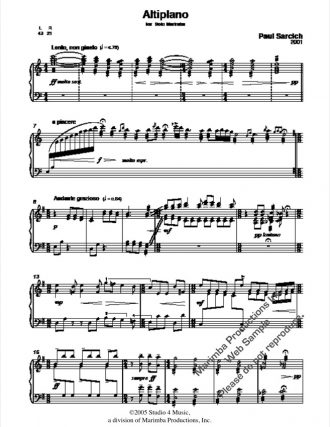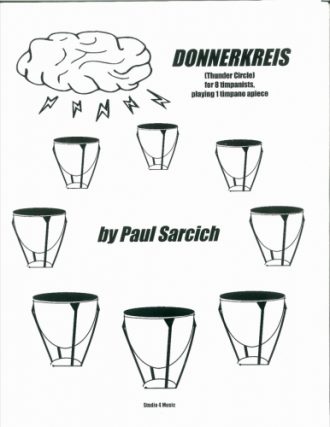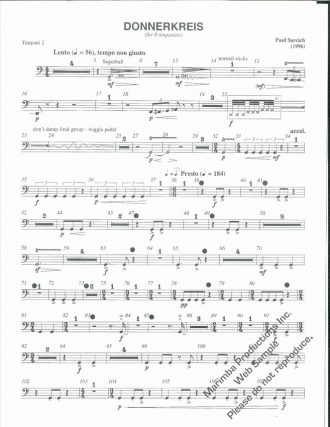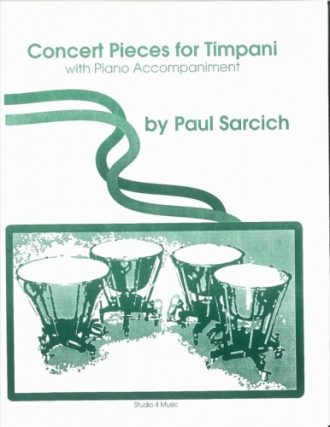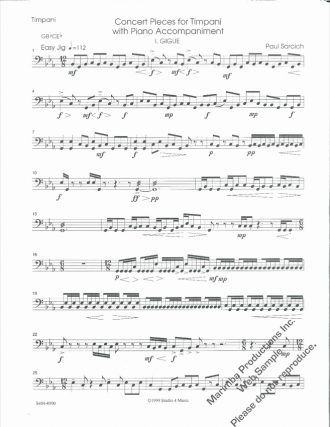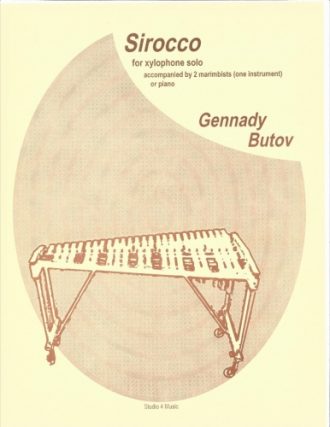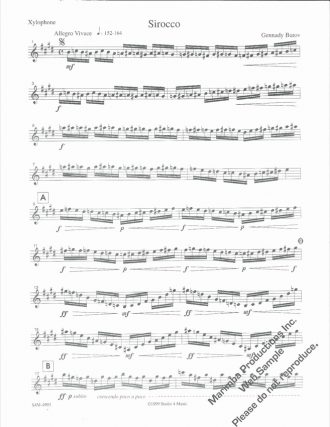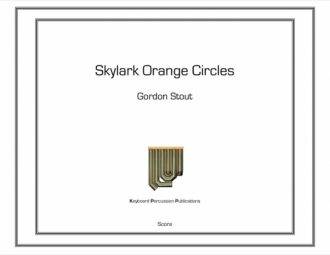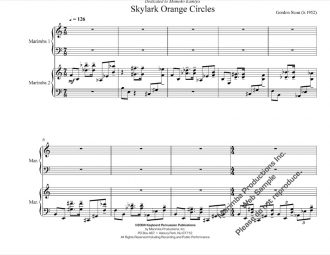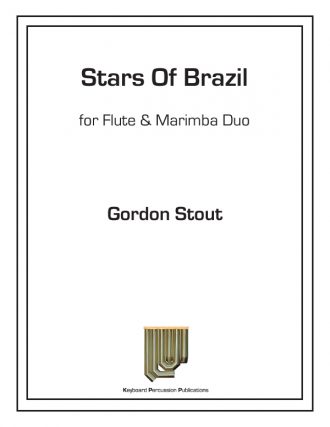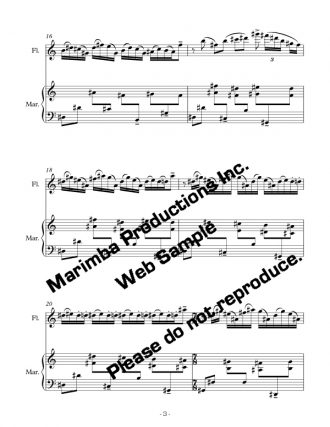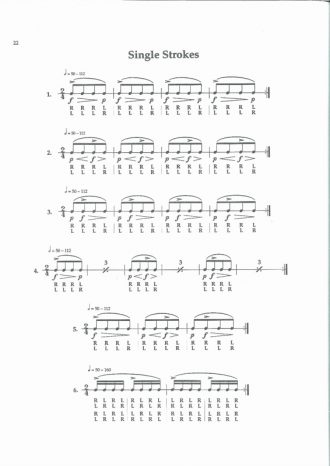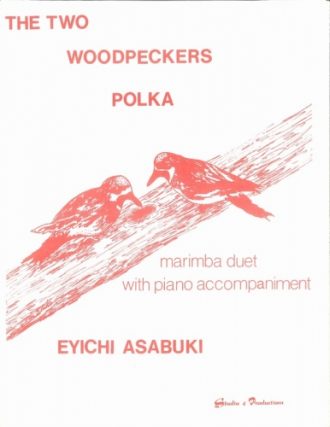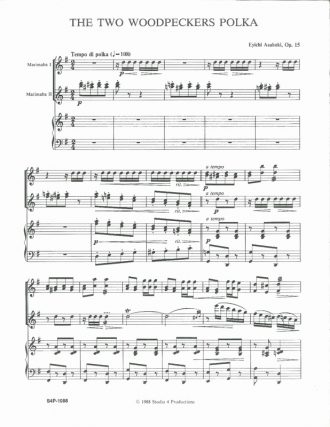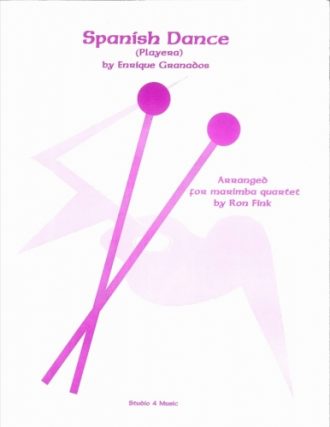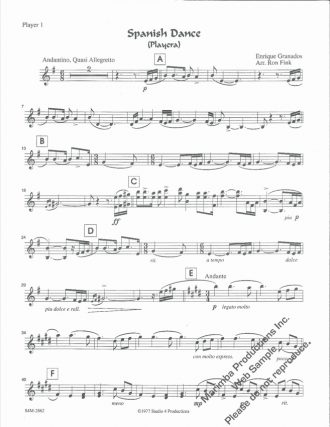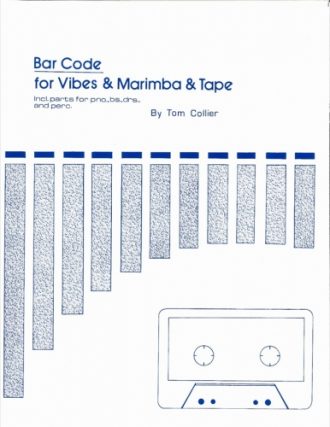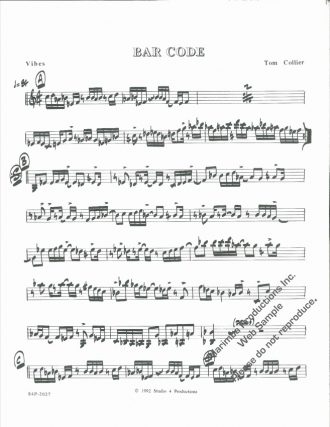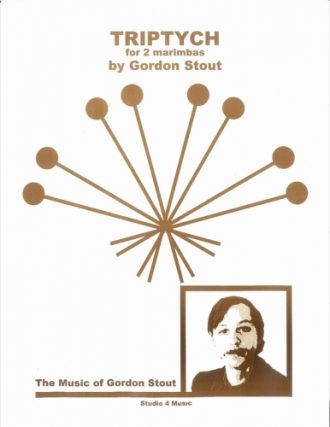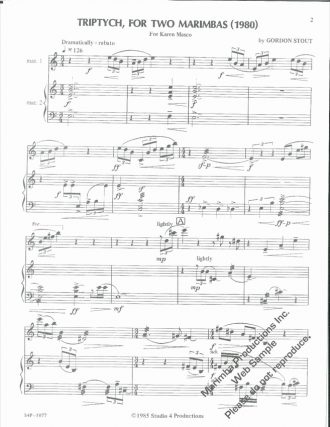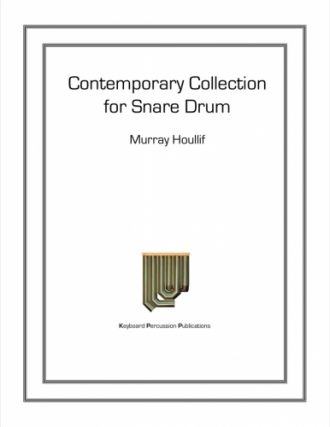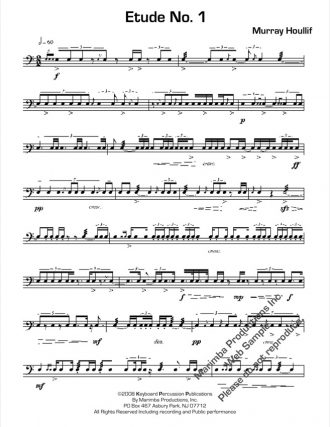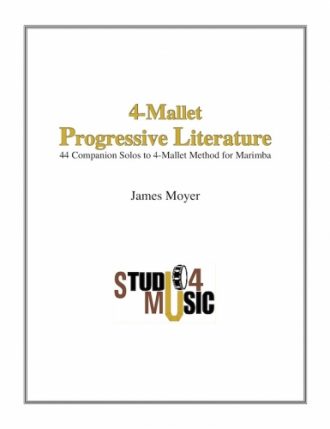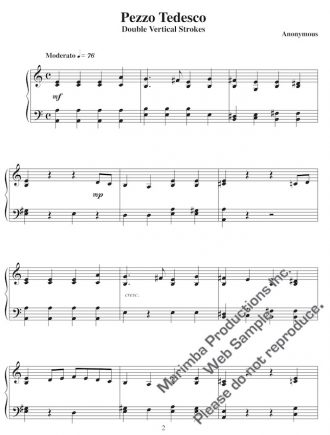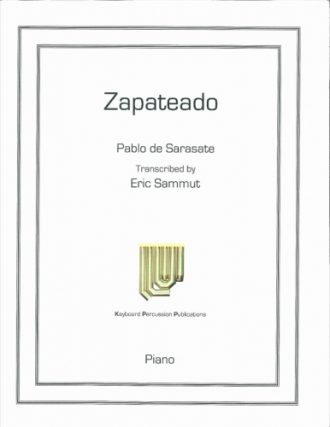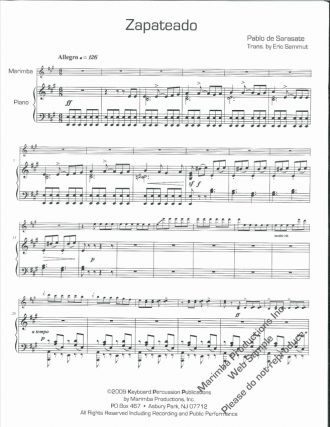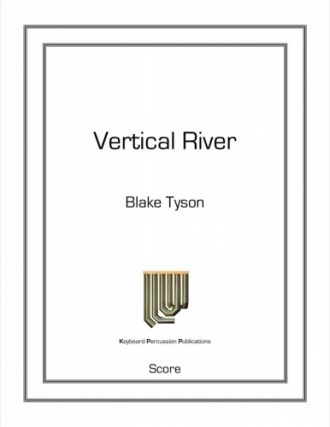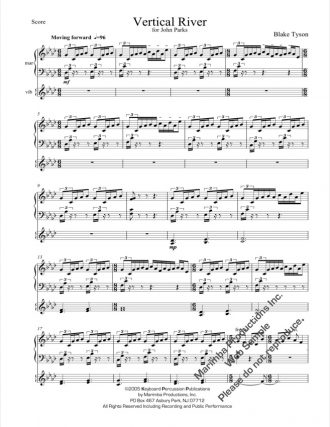This piece was written to exploit the possibilities of a solo side drum set against a small group of other percussion instruments, the only pitched ones being the timpani. The percussion resources are deliberately kept small in number and an effort made to exploit them to the full. Overall, it is an exploration of relative rather than absolute pitch in addition to the two principal percussion properties of rhythm and timbre.
The opening movement is fanfareish, the solo side drum played conventionally, with a mixture of solo flourishes and activity that is part of the group.
The scherzo allows the soloist to exhibit his brush technique, in a piece that is based in swing time but contrasts simple and compound time passages. The percussion trio is required to match the lightness of sound of the soloist.
The finale is the most extended movement, being a set of variations on an unannounced theme. These include a short fugue, a latin-sounding section, and metric modulation to the coda. The drums, particularly the solo, are more exploited for different sounds in this movement, using different sticks and striking areas.
The piece was first performed in 1988 by students at the Canberra School of Music, and has been played many times since by students at the Victorian College of the Arts and other music schools around Australia, as well as by professional ensembles such as WOOF.
Instrumentation:
Perc. 1 (Solo) – Side Drum
Perc. 2 – Timpani
Perc. 3 – Tenor Drum, 2 Side Drums, Bongos
Perc. 4 – Bass Drum, Tambourine, Suspended Cymbal

